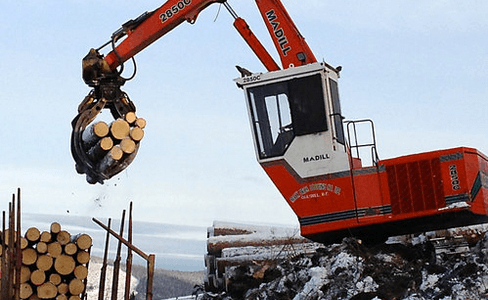This article originally appeared in the Hub.
By JP Gladu and Jaimie Lickers, May 13, 2024
Canadian politics is treading some rough waters these days. But there are a few bright spots of consensus where all sides can agree. One of these is around economic reconciliation: the restoration of prosperity to Indigenous communities through creating space and opportunity in the Canadian economy.
One of the big drivers of economic reconciliation in the past few years has been the movement to negotiate equity deals for Indigenous communities in the major energy and resource projects in their territories. Supporting many of these transactions are Indigenous loan guarantee programs. Ontario has provided loan guarantees since 2009 for clean energy projects, and Alberta has supported a number of big deals in the oil and gas sector since its program launched in 2020. Following on this success, Saskatchewan initiated a program in 2022, and B.C. announced its version this winter.
Not to be outdone, in the recent federal budget, the government of Canada announced a $5 billion national Indigenous loan guarantee program. The path to getting a federal program has been long but with good company. The First Nations Major Project Coalition has taken a lead in the advocacy, but many other Indigenous organizations, financial institutions, energy companies, and business associations have provided their support too. This might seem like a motley crew, but to us, it’s symbolic of how much progress has been made in building partnerships between Indigenous people and the private sector.
The Alberta loan guarantee program is important in and of itself: seven Indigenous equity deals worth almost $700 million combined in less than four years. But it’s done more than guarantee loans: it has provided the impetus for the financial sector to build its sophistication in working with Indigenous communities; and on the flip side, has enhanced the knowledge and experience of Indigenous communities in negotiating and participating in complex business deals. Add to that list a growing cadre of tax lawyers, financial consultants, insurers, and other players with experience in Indigenous business deals, and you can appreciate why exciting new models are being developed and fine-tuned. With these lessons learned, more and better deals are now being proposed, negotiated, and closed.
The trend is moving beyond guaranteed loans in energy assets. Tens of billions of dollars in settlements have been negotiated in the past few years between the Crown and Indigenous communities. This compensation for past wrongs is often put into trusts which communities use to provide benefits for the next seven generations. This has provided a significant new stream of business for the Canadian financial sector, as well as created circumstances under which many Indigenous community members are becoming involved in, and proficient in, financial management, for example as elected trustees.
Now we are seeing Indigenous entrepreneurs start their own financial institutions. The community has been well served for decades by organizations such as the First Nations Bank of Canada, a chartered bank controlled by Indigenous shareholders; the First Nations Financial Authority, which provides First Nations with low-interest, long-term loans without requiring collateral; and a network of over fifty community-based Indigenous Financial Institutions (IFIs) which serve economic development corporations and entrepreneurs.
But now new private equity funds and investment firms are popping up, focused on and/or controlled by Indigenous peoples. Indigena Capital in Calgary has been operating for decades in the United States and Canada and has financed the big Kanai Forage partnership in southern Alberta. Longhouse Capital in Vancouver has recently launched a fund focused on Indigenous property, infrastructure, and private debt investments with a $1 billion target. And just last month Cedar Leaf Capital was launched through a partnership between three Indigenous community-owned shareholders and Scotiabank.
The growth we are seeing in the Indigenous financial sector goes much further than loan guarantees and pipeline equity deals, even as those were critical in creating that momentum. Big, sophisticated deals are getting struck in real estate, natural resources, and energy, and the country’s best business minds are looking at where to go next. There are opportunities for all sides to prosper.
In what can seem like a pretty bleak economic landscape, the Indigenous financial sector in Canada is growing by leaps and bounds. We should all nurture and celebrate this. If you’re still sitting on the sidelines, now is the time to get in.
JP Gladu is a board member at Suncor and a Senior Fellow at the Macdonald-Laurier Institute.
Jaimie Lickers is senior vice-president of Indigenous Markets at CIBC.






